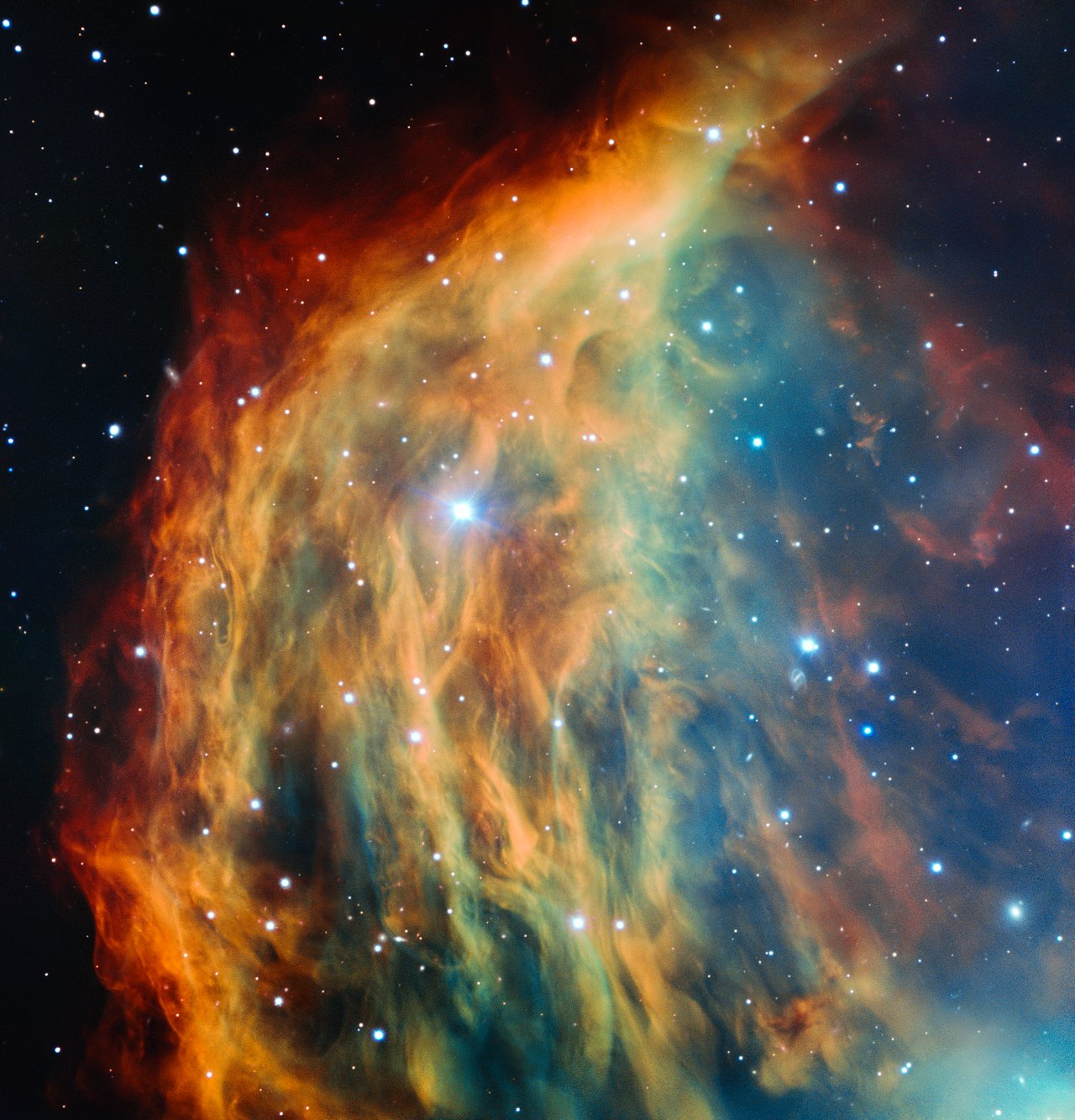When we have the best telescopes at our disposal, we can take the most detailed data, and ultimately gain the most valuable science. Being able to take a closer look, to resolve the finer details, to see what lies within, gives us the ability to understand the present, peer into the past, and ultimately, predict the future. The ESO’s Very Large Telescope continuously brings in fantastic images of objects that we have studied previously, but weren’t quite sure about. This week we saw another prime example of this.

The Medusa Nebula is a planetary nebula in the constellation Gemini. It is 4 light years across and is 1500 light years distant. Even though it is quite a large planetary nebula, it is very faint and hard to see. Not when we have VLT.
A planetary nebula is the result of the slow and eventual death of a sun-like star. As it reaches the final stages of its evolution, it will shed its outer layers into space, producing a beautiful cloud and seeding its heavier elements into the galaxy to become future generations of stars. This is the eventual fate of the Sun and all the elements on Earth, including all life that remains on Earth. Kind of a somber thought. If we don’t survive long enough to leave our home planet and journey into the Galaxy, we will most certainly end up as all life, seeding future generations of stars in a cloud not unlike this one.
